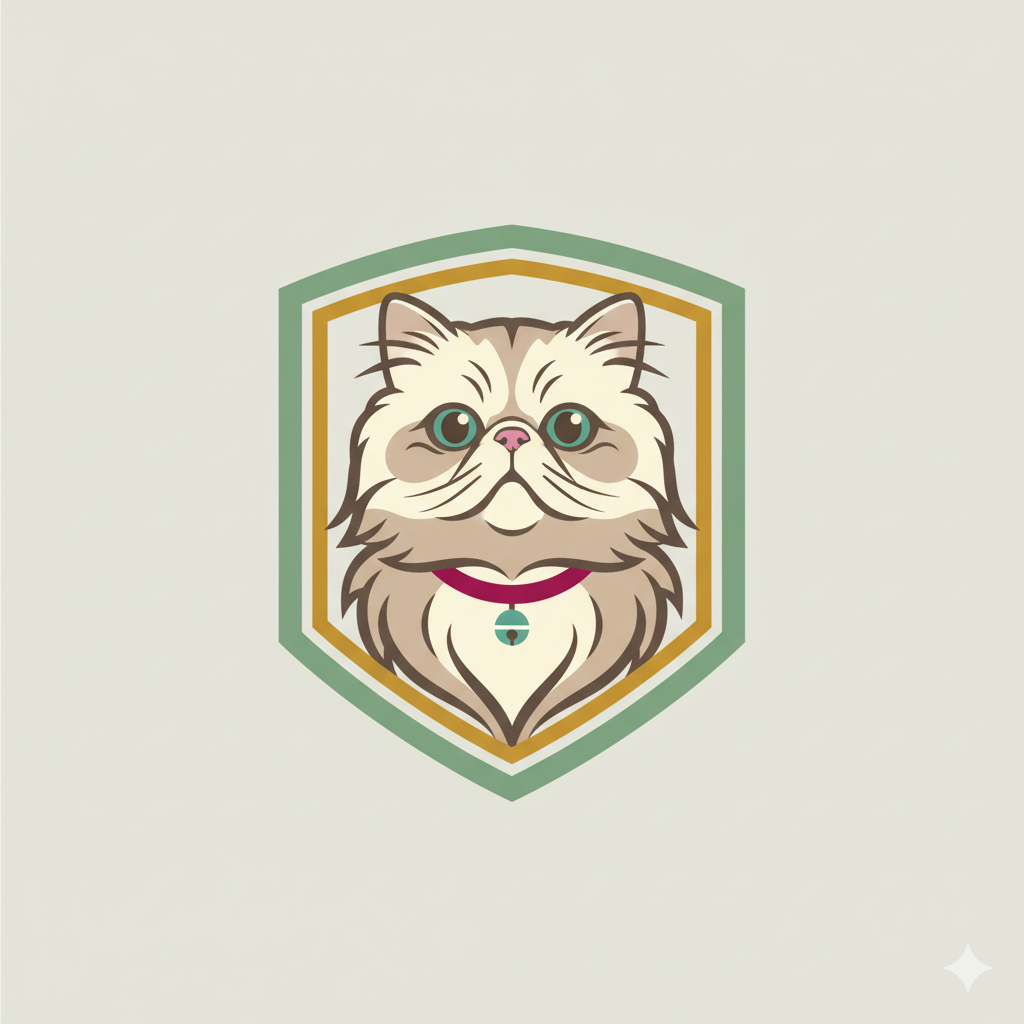Distinctive Physical Features of UK Pets
British pets exhibit several unique physical traits that reflect both heritage and adaptation to the local environment. For example, the British Shorthair cat is renowned for its dense, plush coat and rounded face, characteristics that help it thrive in the UK’s cooler, often damp climate. Unlike many global cat breeds with lighter coats, this breed’s fur provides insulation against chilly weather.
Similarly, the English Bulldog presents a stocky, muscular body with loose skin folds and a broad chest, adapted to withstand the temperate UK weather while offering a distinctive, recognizable silhouette. This breed’s short muzzle and sturdy build differentiate it noticeably from bulldogs in other regions, which may be leaner or have different snout shapes.
In parallel : What are the dietary needs of a pet iguana?
Coat types across UK pets often mirror their adaptation to the climate. Many native dogs and cats feature thicker, denser fur to protect from cold and wet conditions, contrasting with their global counterparts who might have lighter or shorter fur better suited to warmer environments.
By recognizing these physical characteristics, one gains insight into the evolution and function of UK pet breeds, from their body size to fur texture and colouring, underscoring their unique place in the animal kingdom.
Also read : What Unusual Pets Are You Allowed to Own in the UK?
Temperament and Behavioural Traits Shaped by British Culture
Understanding UK pet temperament starts with recognising the deep influence of British culture on pet behaviour in the UK. For instance, breeds like the Cavalier King Charles Spaniel, cherished across the UK, are known for their gentle nature and affectionate temperament. This is no coincidence—British pet-keeping traditions often emphasise calmness, companionship, and sociability, encouraging pets to develop these traits.
Historically, UK households valued pets as family members rather than just working animals. This cultural aspect shapes pet behaviour in the UK, fostering animals that display patience, loyalty, and adaptability to family environments. Such traits contrast with some breeds favored abroad for guarding or high-energy activities.
Moreover, the British tradition of frequent, relaxed walks and social outings with pets promotes sociable, well-mannered animals. This stands in comparison to temperaments seen in pets from other countries, where environmental and cultural differences prompt more independent or active behaviours. It’s clear that the influence of UK culture on pets extends beyond breed to daily routines and social expectations, crafting a unique behavioural profile among UK pets that pet owners admire and nurture.
Influence of Local Climate and Environment on UK Pets
The British climate, characterized by dampness and variability, plays a crucial role in shaping the traits of pets living in the UK. Many breeds have evolved or been developed specifically to thrive under these conditions, showcasing unique UK pet adaptation strategies. For instance, breeds like the Border Collie and Labrador Retriever possess dense, water-resistant coats that help them cope with frequent rain and humidity.
Behaviorally, UK pets often exhibit adaptations such as sheltered resting habits and higher activity levels during clearer weather, reflecting an intrinsic response to the environment. These pets tend to have greater resilience to cold and wet conditions compared to breeds from warmer regions.
In contrast, pets accustomed to dry or tropical climates may struggle with the UK’s moisture and chill, highlighting the environmental influence on UK pets. For example, breeds from arid zones may experience discomfort or health issues when exposed to wet fur or cold, emphasizing why owners must consider their local climate when choosing a pet.
Understanding how the British climate pet impact shapes physical and behavioural traits enables more informed decisions in pet care, ensuring animals’ wellbeing aligns with their environmental needs.
Breeding History and its Role in Unique UK Pet Traits
Selective breeding in British pets has a rich legacy that shapes the distinct traits seen in UK pet breeding today. Many uniquely British breeds trace their origins to deliberate efforts by breeders who prioritized not only appearance but also health and temperament. This careful balance created pets well-suited to UK lifestyles and environments.
Historical breeding practices often emphasized maintaining breed standards that reflect the UK’s cultural preferences. For example, British breeders typically focused on sturdy builds, calm temperaments, and resilient health. These objectives often contrasted with breeding goals abroad, where there might be a stronger focus on show qualities or rapid growth.
The pet heritage UK reflects an understanding that breeding is more than aesthetics; it’s about nurturing animals that thrive as companions. This tradition has helped maintain breed integrity while adapting to modern concerns like genetic diversity and disease prevention. Consequently, pets bred within the UK often exhibit traits that align closely with British living conditions, ensuring they remain both healthy and harmonious members of their families.
Cultural Significance and Representation of Pets in the UK
Pets hold a special place in British society, often seen as more than companions—they are woven into the fabric of UK pet culture and national identity. In many British homes, pets symbolize warmth, loyalty, and tradition. For example, the iconic image of the loyal British dog reflects steadfastness, a trait cherished within UK pet culture.
British media and literature frequently celebrate pets, reflecting their cultural importance. Classic works often feature cats or dogs as central characters, highlighting their emotional bonds with humans. Additionally, unique UK pets, such as certain countryside breeds, appear regularly in traditions and storytelling, reinforcing their role in British pet symbolism.
These cultural depictions influence which breeds flourish in the UK. Breed traits that align with British values—like resilience, friendliness, or independence—are preserved and promoted. This cyclical relationship between representation and breed popularity shapes the pet landscape, maintaining a distinct UK pet culture that balances heritage with modern companionship.
